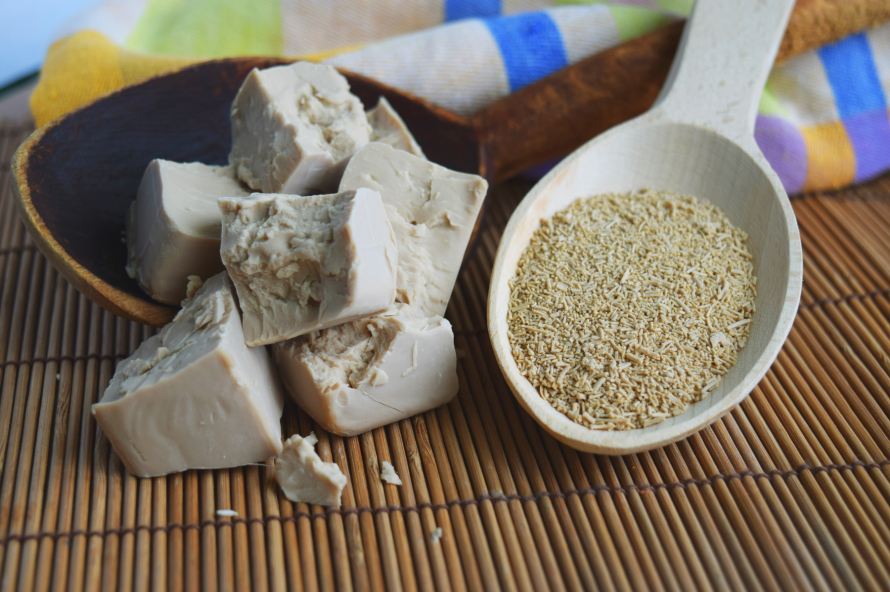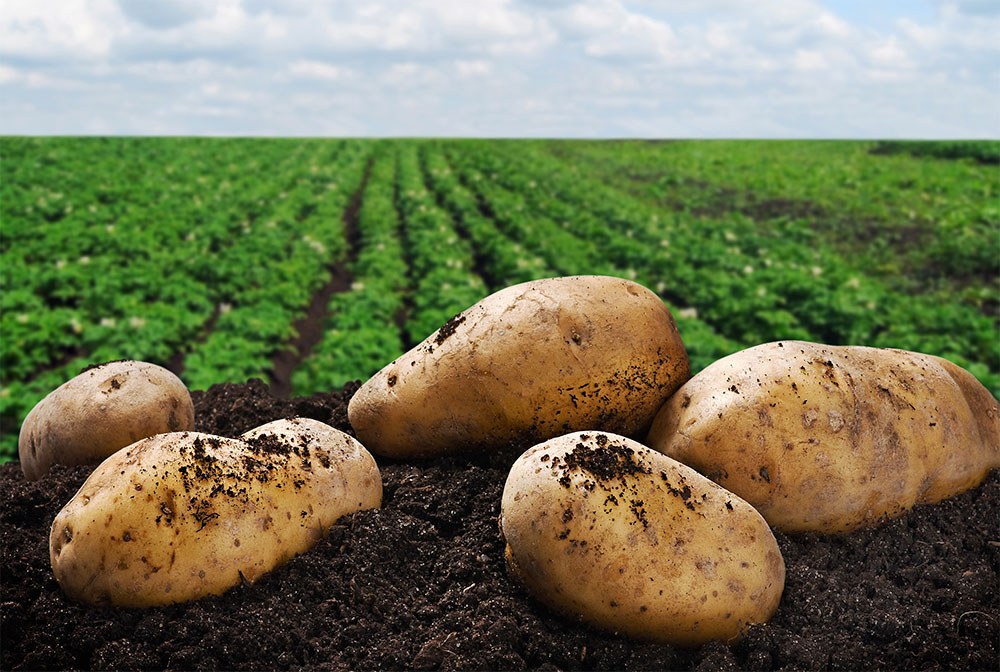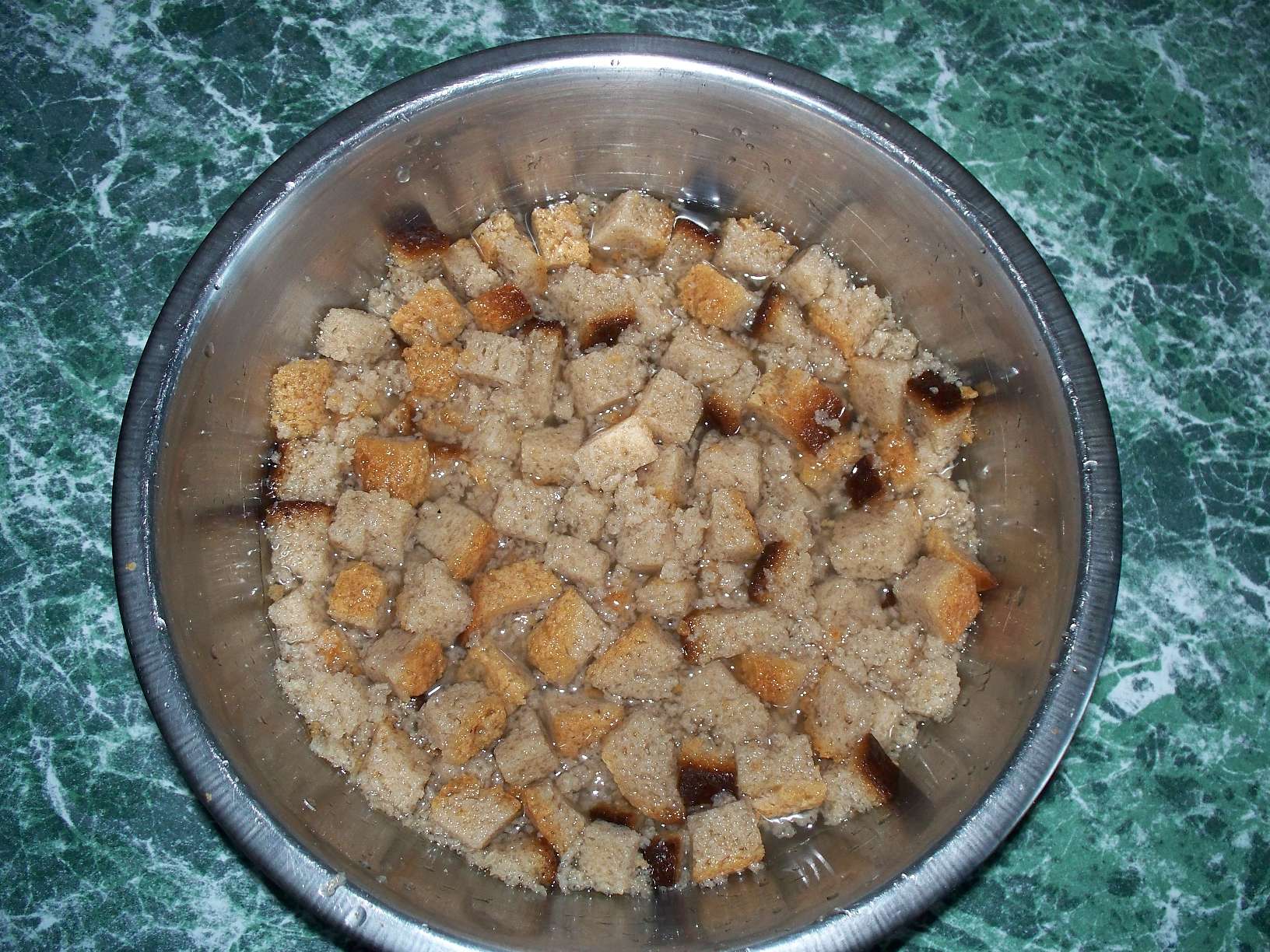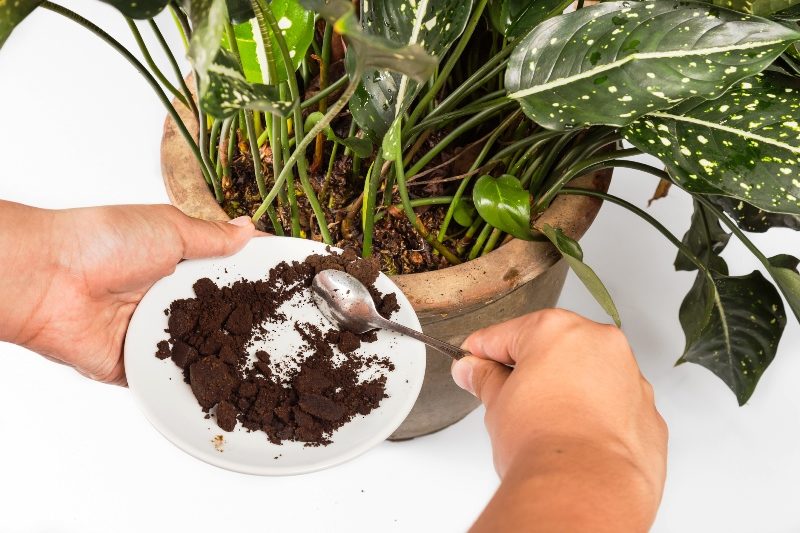 Boric acid for plants, application and features will be considered in this material. Today, if you go to the garden store, you can see a lot of fertilizers and drugs. But, you should never forget about proven simple tools and recipes that help gardeners, gardeners and flower lovers for a long time.
Boric acid for plants, application and features will be considered in this material. Today, if you go to the garden store, you can see a lot of fertilizers and drugs. But, you should never forget about proven simple tools and recipes that help gardeners, gardeners and flower lovers for a long time.
For example, boric acid - it is suitable both as a remedy for cockroaches, and as a means for burying when caring for a child, and, of course, as a stimulant for simple seeds, increased productivity, and also as an insecticide and fungicide. About Uses coffee grounds as fertilizer.
Since you are interested in this topic, we recommend that you also pay attention to the tool that many have recently used. This is a special growth activator for plants, thanks to which many gardeners received a very good harvest. It is much more effective than conventional folk remedies, as it combines different approaches. And with it it’s completely natural. Read more about the tool in in this article.
A bit about the composition and properties
Boron is an important trace element that plants need for life and development. It is needed for the normal synthesis of nitrogenous substances, improves metabolic processes and increases the amount of chlorophyll in the leaves. If boron is available in the soil, then crop productivity will increase, there will be many fruits, but just about any plant will become resistant to many adverse growth conditions.
Boric acid has the formula H3BO3, which means it is a simple and affordable boron compound. It is widely used as part of many complex fertilizers, but it can be perfectly applied by itself. Boric acid is a crystalline substance without color and odorless. The type of substance is flakes that quickly dissolve in water. As for the acidic properties of this component, they are weak.
It is especially recommended to use boric acid when growing plants on gray and brown, on forest soils. But for black soil, it is also perfectly suitable as a fertilizer. If your site has a lot of carbonates, the soil is swampy or acidic, then the use of boric acid will be the best solution.
Plus, it should be noted that if boric acid is correctly diluted for plants when applied, then it will accurately increase the number of ovaries on fruit trees and berry bushes, it activates new growth points for stems and roots. Plus, this universal fertilizer can improve the taste of fruits.
According to the danger of harmful substances, boric acid belongs to the fourth, lowest class of fertilizers. If it gets on the skin of a person, then it does not harm. However, remember that boric acid can accumulate in the body, because the kidneys remove boron slowly. Read about how to breed quail litter for fertilizer.
About fertilizer quantity
During the entire growing season, the plant requires boron. But it is worth remembering that an excessive amount of substance in the soil will be dangerous, because, this will lead to a burn of the lower leaves, the edges of the leaves may begin to dry, which ultimately leads to death and decay. Therefore, boric acid as a fertilizer must be used correctly.

Given the needs of horticultural crops in boron, the use of this acid can be divided into three groups:
1. A high concentration of boron will be beneficial for apples and pears, it activates the growth of Brussels sprouts or cauliflower, as well as beets and swede.
2. Tomatoes and stone fruits are well related to the average amount of boron in the soil, plus you can add beautiful carrots and green lettuce to this.
3. As for the low content, it is simply necessary for grass and strawberries, beans and peas, as well as for potatoes.
Important! Note that there is an excess of boron in the soil, according to the behavior of plants. The leaves become domed and wrapped inside the edges, begin to turn yellow. Old leaves are the first to suffer. The high boron content in plants can lead to the fact that animals that eat these plants will manifest chronic diseases with severe complications.
About Uses
Boric acid for plants, the use of tomatoes or other crops should be considered separately. To begin with, you can use this acid to stimulate seed germination. In such a situation, only 0.2 grams of boric acid is taken per liter of water. They suck this sucking not only for tomato seeds, but also for onions, beets, cabbage and cucumbers. When sowing a large number of seeds, it is better not to soak them, but to sprinkle with a powder mixture when talc is mixed with boric acid.

Soil preparation
A boric acid solution, prepared provided that 0.2 grams of the product is taken per liter of water, can be used to water the soil before sowing seeds or directly planting seedlings in the ground. It will be necessary to pour the first landing rows with this solution, ten liters of it are required to process ten square meters of the site. After watering, loosen the ground, and then sow the seeds.
Advice! As a prophylaxis, this solution can be used if there is a suspicion of a lack of boron. Why as fertilizers can use eggshell.
Outside root dressing
If you need to carry out this type of top dressing, then you should dissolve a gram of boric acid per liter of water. Spraying is carried out in the budding phase, and then repeat when flowering begins. The third spraying is done during the fruiting period. At the same time, it is possible to combine such top dressing with the introduction of mineral fertilizers. But in this case, no more than 0.05 grams of boric acid should be taken per liter of water.
Top dressing under the root
For one liter of water you need to take 0.2 grams of bonoic acid. But this option of feeding can be applied only if the plant is very hungry and the gardener is sure that the reason for this phenomenon is the lack of boron in the ground.
In this case, the plant must first be watered with ordinary water, and then pour the boron solution. This is crucial to prevent root burns. Usually this type of fertilizing is suitable for flower plants that grow in soils from a mixture of peat and sand.
Separately, it must be emphasized that boric acid is soluble only in hot water. Therefore, at first it is always recommended to dilute a bag of acid in a liter of hot water, and then bring it to the desired volume by pouring water at room temperature.
Boric acid for strawberries
Now we propose separately for cultures to analyze the possible signs of a lack of boric acid. Let's start with strawberries - its leaves are bent, there is a necrosis of the edges. Preventive dressing within the reasonable framework should be carried out in order to improve the taste of the berry and increase its yield.
To do this, you will need to pour strawberries with a solution of boric acid with the addition of potassium permanganate. To do this, dilute 10 grams of water per gram of each of these funds. Consumption, taking into account that ten liters of water should be enough for forty bushes. You can also feed once a season outside the roots, for this, five grams of acid are diluted in ten liters of water.
Important! Outside, root dressing is carried out right before flowering, when buds have already appeared. To do this, dilute two grams of boric acid and manganese into ten liters of water, as well as a glass of sifted ash.An extract is preliminarily made from ash - pour it with liters of boiling water, insist for a day, then strain and use this solution in the main fertilizer. You can also use it as an excellent fertilizer. use chicken litter.

Apple trees and pears
The main signs of a lack of boron in these garden crops are thickening of leaves, they warp, veins become dark. If boron is lacking very much, then the leaves begin to fall out, the tops of the trees die. In a pear, in principle, the problems are the same, only the flowers will dry out and deform, the fruits will grow uneven, with pits and damaged tissues.
As for the fruits of apples, a lack of boron will result in light spots centimeters in diameter appear inside the apples, and then they become brown and look more like a cork or sponge. For these crops, it is best to spray with boric acid, diluting 20 grams of the product in ten liters of water. This will dramatically increase the fruiting and quality of the fruit.
Top dressing should be carried out in the evening or in the early morning, in cloudy weather, so that burns do not form on the leaves after treatment. Spray the entire crown evenly. The first time spraying is carried out when the buds began to blossom, then repeat the process after a week.
Interesting! Such processing does not only reduce the number of ovaries that fall. You can safely expect an increase in the yield of apples or pears to 30%.
Grape
Another plant that just needs periodic top-up with boric acid. Signs of a lack of this substance will be the appearance of spots between the veins on the leaves. If you do not replenish the amount of boron, the new grape seedling will die within a year after planting in a permanent place. Processing only once will save the flowers, reduce the amount of shedding of ovaries.

Given the characteristics of a particular grape variety, ten grams of water can be added to boric acid in a quantity of 5 grams and 5 grams of zinc sulfate.
Tomatoes
Boric acid for plants, the use for tomatoes and cucumbers also needs special. Tomatoes show that this substance is not enough, by blackening and dying off the point of growth of the stem, rapid growth of new shoots begins at the root itself, but young leaves become brittle. As for the fruits, a clear sign of a lack of boric acid is the formation of brown spots at the top of the tomatoes.
For prevention, you can soak the seeds before planting in a solution of boric acid, diluting it with 0.2 grams in a liter of water. Leave the seeds for a day. Before planting seeds in the soil, you can carry out additional fertilizer of the earth and, of course, periodically spray during the growth period.
Boric acid for plants, the use of this universal substance for different crops, as can be seen from this material, is carried out according to a fairly standard scheme. However, it should be noted that each culture will signal in its own way that it lacks boron. Moreover, these signals can be received at any time during the growth of a plant, garden crop or tree. So, gardeners and gardeners need to be extremely careful.




 Superphosphate: what is it and how to apply it
Superphosphate: what is it and how to apply it What problems can be expected from siderats?
What problems can be expected from siderats? Secrets of the collection, storage and use of eggshells in the garden
Secrets of the collection, storage and use of eggshells in the garden The most popular top dressing for indoor plants
The most popular top dressing for indoor plants
Yuri
how much boric acid solution can be stored
Olga
how to calculate weight if not weights?
galina
interestingly informative